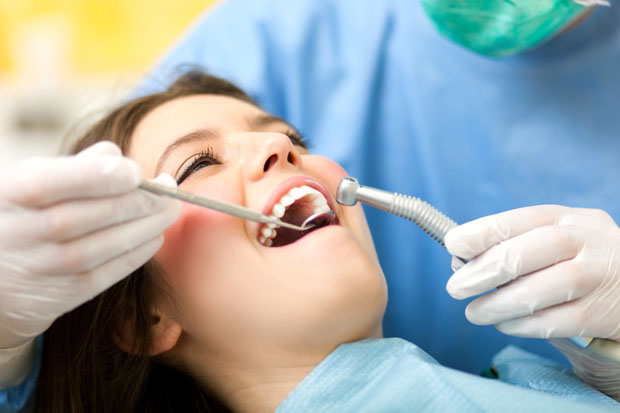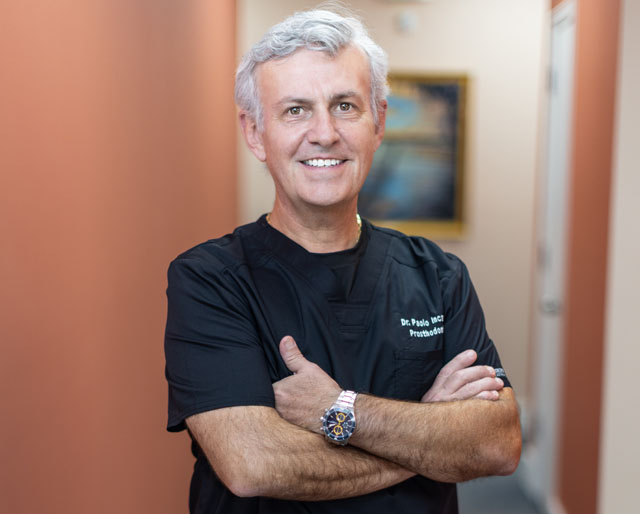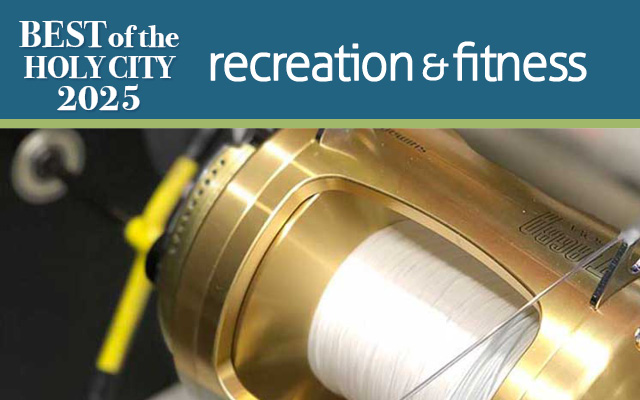Producing Radiant Smiles
05 May 2017
Dentists are seeing less dental problems due to increased preventative care, technology and routine maintenance
By SYBIL FIX

Flossing, brushing, and regular check-ups. If that sounds like an order from your dentist, well, it is, and dentists say it’s working.
Dr. Virginia Gregory, a dentist in the Lowcountry for the past 30 years, said she is seeing an increasing number of young patients, up into their forties, who have not had a single cavity and whose dental care is one of straightforward preventative maintenance.
At least in the industrialized, medically advanced world, she said, “It’s a relatively new thing, but we definitely have a lot less decay in the younger generations, so we are doing a lot less restorative dental work.”
Indeed, the patient profile in dentistry is becoming more nuanced, moving from the old basic-bones dentistry of pulling teeth and treating cavities after they had already evolved—because of long-term lack of dental care—to care that is much more preventative and rehabilitative, and geared more toward beauty.
“With the younger people who have never had anything, the focus is on beauty and health,” Gregory said. “Certainly, there is a lot more focus on the perfect smile now.”
Because of good preventative care in recent decades and a more normalized routine of care, a growing number of young patients have experienced zero dental problems in their lifetime. Barring any unforeseen events, if they continue on the righteous path, they will likely go through life with their teeth intact and in good shape.
At the other end of the spectrum, folks who are dealing with teeth replacements are aided in the process by technological improvements that have made bridges and whole-mouth replacements easier. These one- or two-step procedures no longer require walking around without teeth for days or taking out teeth at night.
With computerized dentistry, said Dr. Greg Johnson, one of the principals in Pleasant Family Dentistry, “everything has become more efficient for the patient … and it’s getting very exciting.”
The Fairest of the Land
As in many other medical fields, aesthetics have taken center field in dental care. Today, Johnson does much more cosmetic work than ever before, and Gregory said it comprises about 30 percent of her work. She calls it “cosmetic smile makeovers”—an art in which she specializes.
“We are always working for the most beautiful smile,” she said. “As our population ages, and people want to look as good as they feel, they are increasingly opting to change and improve their smiles. This will stay a trend probably for a while.”
Whitening continues to be the growing trend—a mixture of out-of-office lightening trays and in-office Zoom lightening procedures, the latter of which are particularly popular among men. But, of course, whitening does not work on old porcelain fillings or crowns, so people in their fifties and sixties are replacing those, together with old metal amalgam fillings. Though the Food and Drug Administration has generally ruled them to be safe, these fillings contain mercury and, Johnson said, should be replaced before they cause cracks in teeth because of the constant expansion and retraction of the material. Certainly, metal is no longer the standard.
“Over time it’s like a sidewalk,” he said. “It’s much better to get those old fillings out.”
Porcelain veneers—consider it like a fake nail placed over the tooth—are growing in popularity, making teeth more even, smoother, and, of course, whiter. Implants are increasingly replacing work on faulty teeth, including root canals, which for example, can be more expensive and less durable. Meanwhile, implant-supported crowns or bridges are making the replacement of missing teeth or dentures easier, said Gregory.
Some of it is for comfort or necessity, but some is for looks—or both.
“Most of this older population have older restorations in their mouths that detract from their smiles,” Gregory said. “We use porcelain veneers and crowns to redesign a smile…with the goal of restoring teeth to their natural and beautiful youthfulness.” Sometimes the results are an even better smile than before.
Of course, as in all other medical fields, technology is making life easier. Patients no longer have to wait two weeks to get a permanent crown made in a remote lab; crowns are made in office, cut by robot from digital photographs, and immediately placed. New materials of better quality are easier to work with and have made the end product longer-lasting, less cumbersome for the patient, and nicer-looking.
“We are primarily interested in the health of the patient, but in our field often function and aesthetics are related,” said Johnson. “So when you get a patient healthy, with the technologies at our disposal, now we typically also make them look better. Technology is allowing us to do really nice work now.”
Increasingly, the continuum of care has greatly evolved from the one-dentist, one-hygienist model, which required multiple stops and several different practices. Many dental offices are now incorporating orthodontics and doctors who specialize in root canals or dental surgery, said Johnson. His practice is growing into a new facility and he has also added orthodontists and even expanded office hours into Saturdays for patient convenience.
X-rays are now digital and 3-D, which allow the dentist to have a birds-eye view of a tooth in its relationship to the rest of the mouth and the head, with reduced exposure to radiation. Orthodontics—the correction and prevention of misaligned or misplaced teeth—is ever-growing among children, and even adults whose teeth may have shifted. Things that used to pass no longer do.
“We can do ‘instant orthodontics’ to straighten crooked or misaligned teeth,” said Gregory, who is trained in smile design. “There is definitely a new standard. Everyone is getting braces now.”
Remember the Bacteria
Overall, life in the dental chair has become easier from all sides; the population is healthier, and the results are increasingly improved.
But, everything is better when you start off with your own good teeth, and that shows in the patient population, said Gregory. She has an increasing number of patients who solely need regular maintenance and preventive care, with an eye to the prevention of periodontal disease. X-rays and visits with the hygienist are scheduled based on individual need and medical profile, Gregory said, but when it comes to cleaning your teeth, don’t let the naysayers distract you. While you may remember a flap recently about the value of flossing—which was being disputed in the media because of lack of solid clinical trials linking flossing to the prevention of cavities—Gregory and Johnson say they and their colleagues stand by the old standard.
Whether it’s floss or a water pick or little brushes, whatever your preferred method may be, said Johnson, “you have to get the plaque off. You have to clean that contact point between the teeth, and you have to get food debris out.”
“Your periodontal health is linked to your whole health, including cardiovascular disease,” said Gregory. “It is a daily job to take care of the bacteria in your mouth. It will rot your teeth.”
And there is no disputing that.












